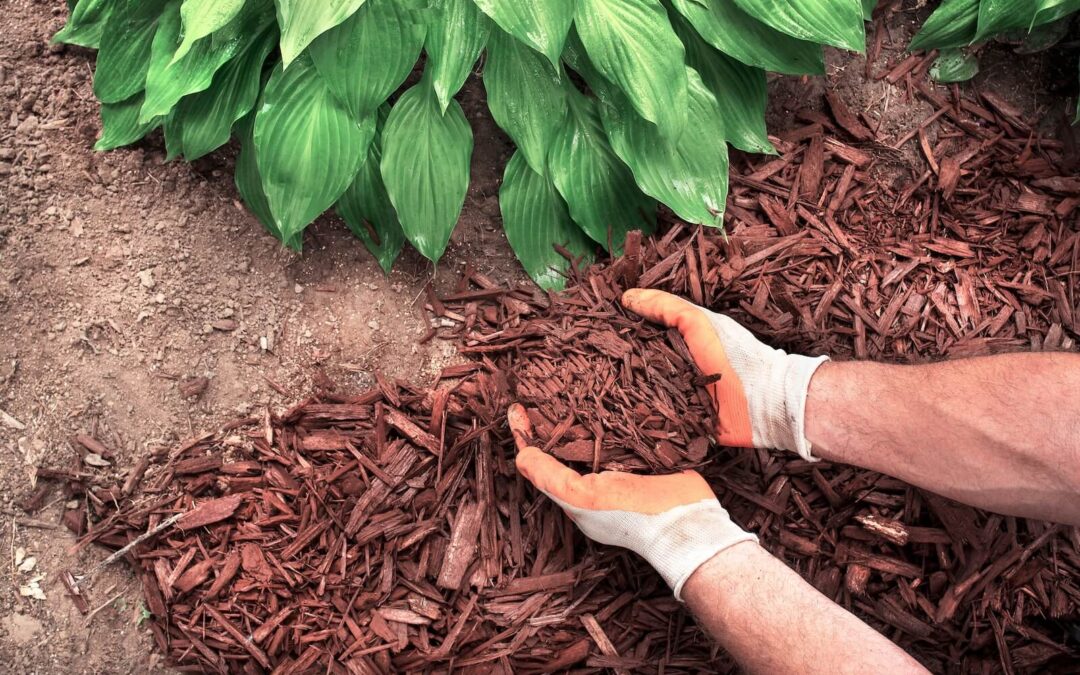Our Colorado winter has set up ideal conditions for snow mold this year. Damage from snow mold fungi usually becomes apparent as the snow melts and exposes the grass in late winter. There are two principle types of snow mold in Colorado, Fusarium patch or pink snow mold and typhula blight, gray snow mold.
It is best to determine if your lawn is suffering from pink or gray snow mold because gray snow mold rarely damages more than the blades of the grass and recovers fairly quickly. However, pink snow mold can invade the crowns and roots causing more serious injury. (www.uri.edu)
Because snow mold activity is greatest beneath covers that maintain moist conditions, all leaves or other materials should be removed from the lawn. If possible, avoid piling snow deeply along sidewalks and driveways where it will form a long-lasting snow bank. In spring, rake away dead and matted foliage from damaged areas to allow the new growth to begin.

Have a question about snow mold? Leave Lifescape a comment and let us know what issues you are experiencing.




